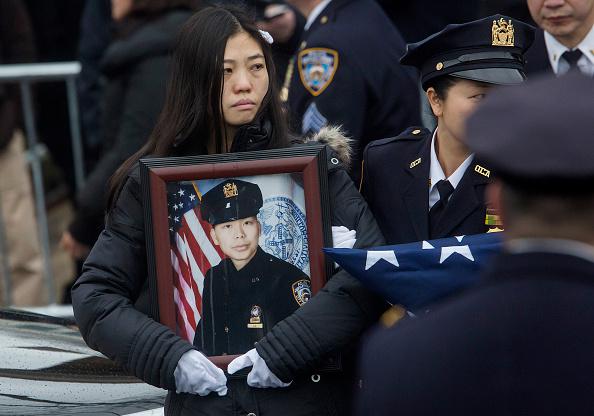A preliminary FBI report says 51 United States law enforcement officers were killed in the line of duty in 2014, nearly double the 27 who were killed in similar circumstances the previous year. A breakdown of the deaths:
By circumstance, 11 officers died from injuries inflicted as a result of answering disturbance calls (one of which was a domestic disturbance). Ten officers were conducting traffic pursuits or stops, eight were killed as a result of ambushes (six due to entrapment/premeditated situations and two during unprovoked attacks), and six officers were investigating suspicious persons or circumstances. Five officers sustained fatal injuries while they were performing investigative activities, four while they were engaged in tactical situations, three officers were handling persons with mental illness, and one officer was slain during a drug-related matter. Three officers were killed while attempting other arrests.
The mention of “unprovoked attacks” appears to be a reference to the December murders of NYPD officers Wenjian Liu and Rafael Ramos, who were shot in Brooklyn while seated in their car by a Baltimore man who had no prior contact with either of them and who had made reference online to taking revenge for the deaths of Eric Garner and Michael Brown.
The number of suspects killed by police in the United States on an annual basis is not kept on a comprehensive basis, but is thought to be well above 400.
Guns were used to kill 46 of the 51 officers who died in 2014.
Unrelated, but still of note: The FBI says at least 10 of the 28 law enforcement officers killed in vehicle accidents in 2014 weren’t wearing seatbelts.
Update, May 11, 2015: For information about the number of officers killed in the line of duty in the decade previous to 2013, you can click here. (The annual number has ranged from 2013’s low of 27 to 2011’s high of 72.)
